| Wednesday, November 11, 2020 | |
| 07:00 | Registration and welcome coffee |
Hybrid Live-Virtual Session |
|
| 10:50 | Coffee break |
Packaging Technology & Processes |
|
| 11:20 | Keynote |
Introduction by session Chair, Frank Kuechenmeister, GLOBALFOUNDRIES |
|
| 11:25 | Keynote |
Challenges for Heterogeneous Integration in Package – Applications driving Materials and Processes towards Diversity, Thorsten Meyer, Lead Principal Package Concept Engineering, Infineon Technologies |
|
| 11:50 | Flip-Chip Scale Package(FCCSP) Process Characterization and Reliability of Coreless Thin Package with 7nm TSMC Si |
Eduardo De Mesa, Package Engineer, Intel Deutschland GmbH Flip-Chip Scale Package(FCCSP) Process Characterization and Reliability of Coreless Thin Package with 7nm TSMC Si
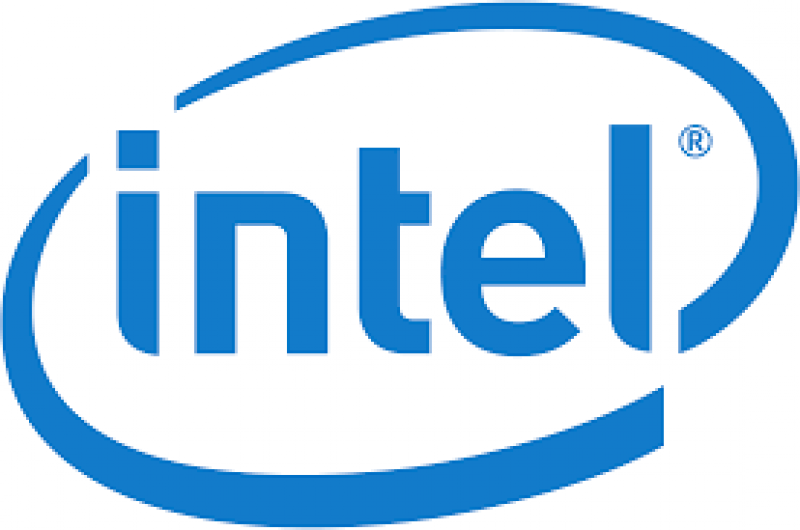 Abstract Biography |
|
| 12:10 | Active Mold Packaging for novel Antenna-in-Package interconnection and manufacturing |
Florian Roick, Business Development Active Mold Packaging, LPKF Laser & Electronics AG Active Mold Packaging for novel Antenna-in-Package interconnection and manufacturing
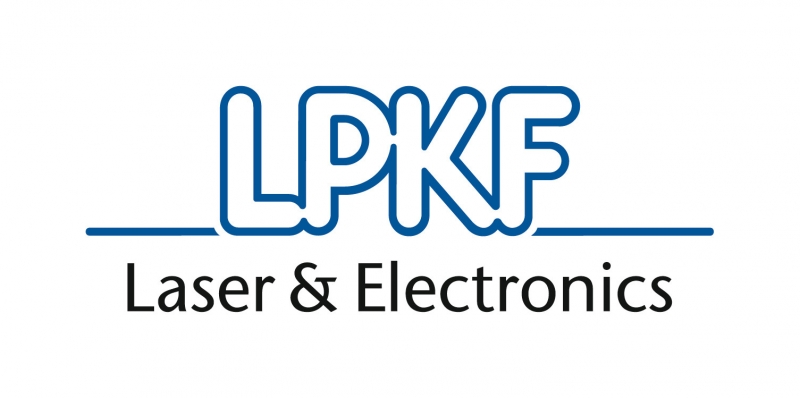 Abstract Biography |
|
| 12:30 | High throughput & high yield heterogeneous integration with implemented metrology for collective D2W Bonding |
Elisabeth Brandl, Business Development Manager, EVG High throughput & high yield heterogeneous integration with implemented metrology for collective D2W Bonding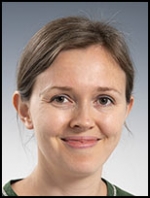
 Abstract Biography |
|
| 12:50 | Vertical stacking of controller IC on a copper clip attached on MOSFET as a space-saving solution for high current switch e-fuse applications |
Alastair Attard, Sr. Technical Program Manager & Assembly Business Development, United Test and Assembly Center Ltd Vertical stacking of controller IC on a copper clip attached on MOSFET as a space-saving solution for high current switch e-fuse applications
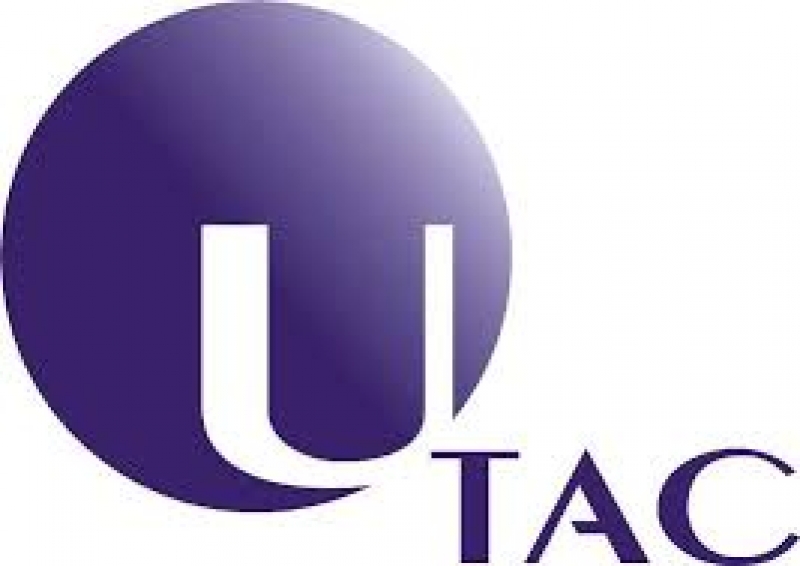 Abstract Biography |
|
| 13:10 | Lunch break |
Package Simulation, Evaluation & Characterization |
|
| 14:10 | Keynote |
Opening remarks by session chair, Andy Miller, imec |
|
| 14:15 | Keynote |
Keynote Presentation: Dr. Christian Hoffmann, Principal Engineer - New Technology Business Development, Qualcomm Germany RFFE GmbH |
|
| 14:40 | New solutions for plasma dicing, and new solutions for processing of SiC wafers ranging from ingot splitting, grinding, polishing to high speed and chipping free dicing. |
Gerald Klug, General Sales Manager, DISCO Hi-Tec Europe GmbH New solutions for plasma dicing, and new solutions for processing of SiC wafers ranging from ingot splitting, grinding, polishing to high speed and chipping free dicing.
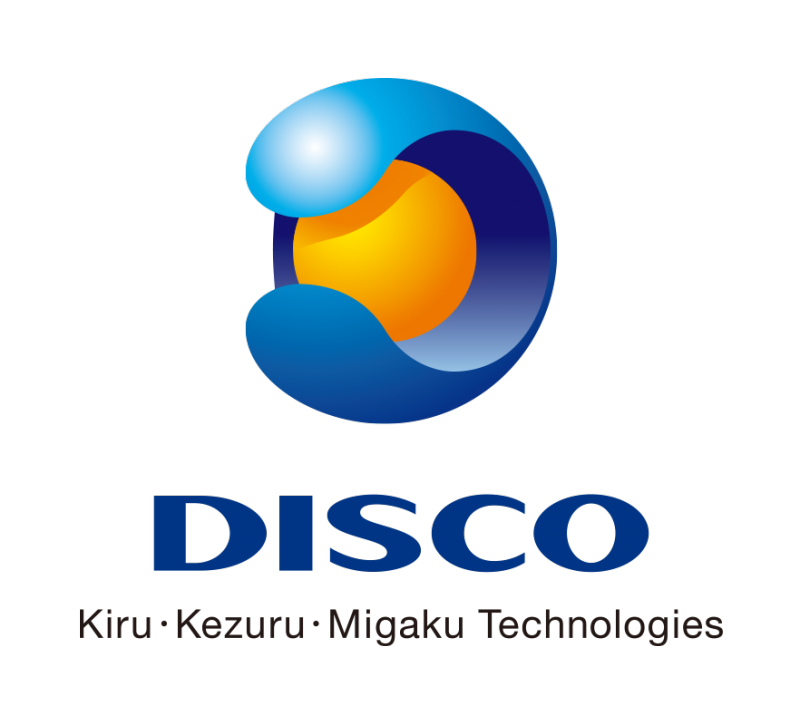 Abstract Biography |
|
| 15:00 | Virtual Prototyping for System-in-Package with Heterogeneous Integration - Enabler for faster Time-to-Market |
Ghanshyam Gadhiya, Research Associate, Fraunhofer ENAS Virtual Prototyping for System-in-Package with Heterogeneous Integration - Enabler for faster Time-to-Market
 Abstract Biography |
|
| 15:20 | Innovative Packaging and Evaluation Approach for an Universal Sensor Platform |
Carsten Brockmann, Group Manager Sensor Nodes and Embedded Microsystems, Fraunhofer Institut für Zuverlässigkeit und Mikrointegration Innovative Packaging and Evaluation Approach for an Universal Sensor Platform
 Abstract Biography |
|
| Thursday, November 12, 2020 | |
| 17:30 | Voting Results for Poster Session Winner 2020 and Notable Mention and Evening Reception at the Showfloor |